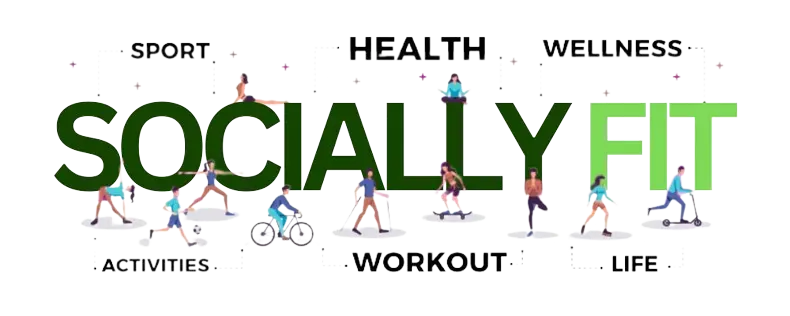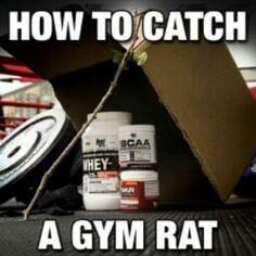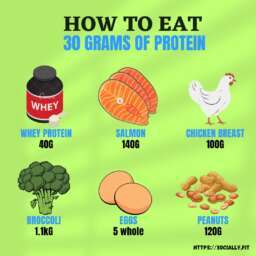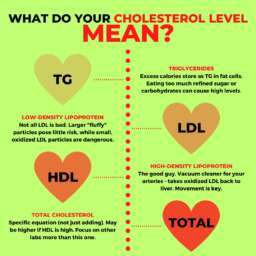Introduction
After undergoing a tooth extraction, many individuals wonder when it’s safe to resume their regular exercise routine. While physical activity is essential for overall health and well-being, it’s crucial to allow the body adequate time to heal properly. In this article, we’ll explore the recommended timeline for exercise after tooth extraction and provide helpful tips for a safe and effective recovery.
Timeline for Exercise After Tooth Extraction
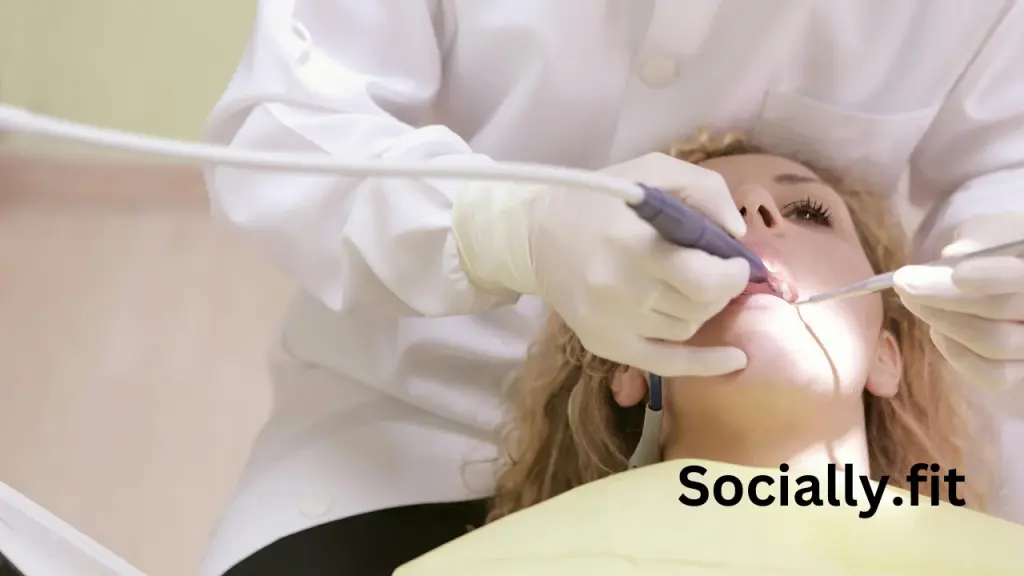
The timeline for resuming exercise after tooth extraction can vary depending on several factors, including the type and severity of the extraction and the individual’s healing process.
Immediate Post-Extraction Period
Immediately following a tooth extraction, it’s essential to rest and allow the blood clot to form in the extraction site. Vigorous physical activity should be avoided during this time to prevent dislodging the clot, which could lead to complications such as dry socket.
First 24 Hours
During the first 24 hours after tooth extraction, it’s best to refrain from any strenuous activity. Instead, focus on resting and minimizing movement to promote healing and reduce the risk of bleeding or swelling.
48-72 Hours Post-Extraction
After the initial 24 hours, some light activity may be permissible, depending on the individual’s comfort level and the dentist’s recommendations. However, it’s essential to avoid any activities that could increase blood pressure or disrupt the healing process.
Long-Term Considerations
In the days and weeks following tooth extraction, it’s crucial to listen to your body and gradually reintroduce exercise as tolerated. However, it may take several days to a week or more before resuming your regular exercise routine, depending on the complexity of the extraction and your body’s healing response.
Factors to Consider
Several factors can influence the timeline for resuming exercise after tooth extraction, including the type of extraction (simple or surgical), the severity of the extraction (single tooth vs. multiple teeth), and individual healing factors such as age and overall health.

Benefits of Exercise After Tooth Extraction
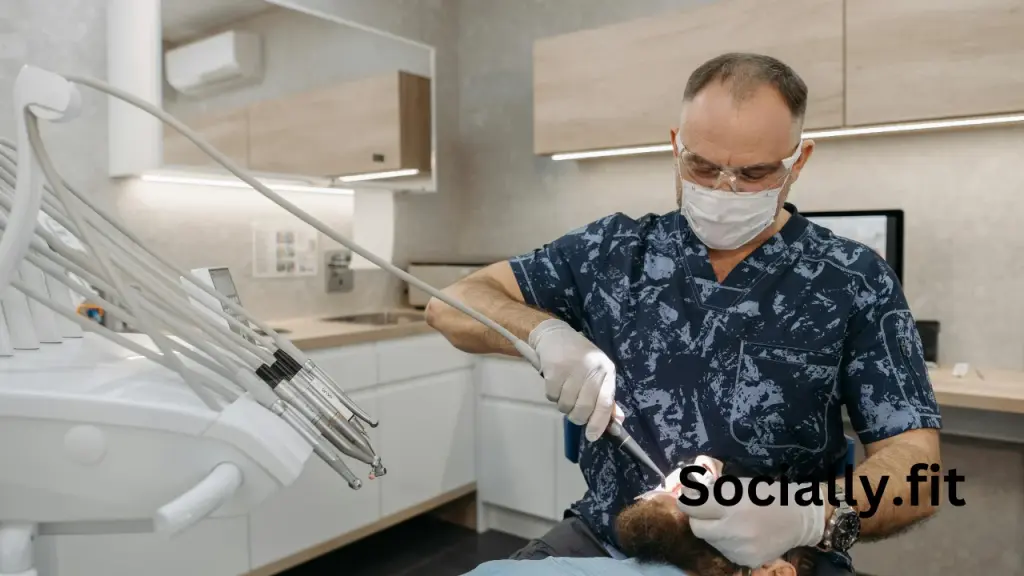
While it’s essential to allow the body time to heal after tooth extraction, incorporating gentle exercise into your routine can offer several benefits, including:
- Improved circulation: Light physical activity can help promote blood flow and oxygen delivery to the extraction site, aiding in the healing process.
- Reduced risk of blood clots: Moving your body regularly can help prevent blood clots from forming in the legs, which is especially important for individuals who may be at higher risk due to immobility.
- Boosted mood and energy levels: Engaging in gentle exercise can help alleviate stress and anxiety associated with dental procedures while boosting energy levels and promoting overall well-being.
How Long Should You Wait to Exercise After Tooth Extraction
Recommended Types of Exercise
During the initial recovery period, it’s essential to focus on gentle activities that won’t strain the extraction site or increase blood pressure. Some safe options include:
- Walking: Taking short walks around the house or neighborhood can help promote circulation without putting undue stress on the body.
- Yoga: Gentle yoga poses that focus on stretching and relaxation can be beneficial for reducing stress and tension while promoting healing.
- Light stretching: Incorporating gentle stretching exercises can help improve flexibility and reduce muscle tension without exerting too much pressure on the extraction site.
How Long Should You Wait to Exercise After Tooth Extraction
Tips for Safe Exercise After Tooth Extraction
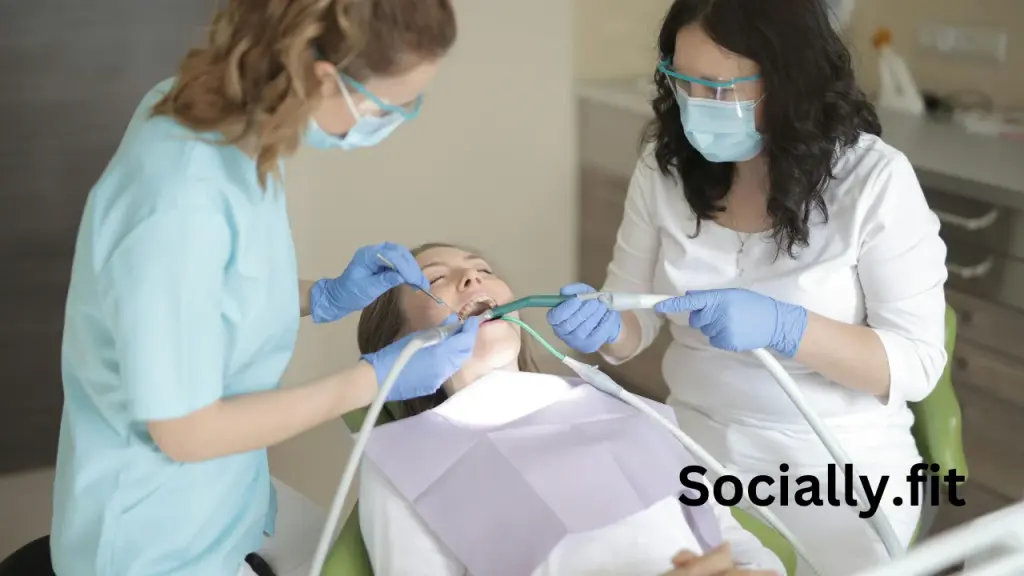
When resuming exercise after tooth extraction, it’s essential to keep the following tips in mind to ensure a safe and effective recovery:
- Listen to your body: Pay attention to any signs of discomfort or pain during exercise and adjust the intensity or duration as needed.
- Avoid activities that increase blood pressure: Steer clear of activities that involve heavy lifting, vigorous cardiovascular exercise, or straining, as these can increase blood pressure and disrupt the healing process.
- Stay hydrated: Drink plenty of water before, during, and after exercise to stay hydrated and support the body’s healing process.
- Follow dentist’s recommendations: Be sure to follow any specific guidelines provided by your dentist or oral surgeon regarding activity restrictions and post-operative care.
How Long Should You Wait to Exercise After Tooth Extraction
Common Concerns and FAQs

- Can I exercise immediately after tooth extraction?
- It’s generally recommended to avoid exercise immediately after tooth extraction to allow the blood clot to form and prevent complications such as dry socket.
- What types of exercises are safe?
- Gentle activities such as walking, yoga, and light stretching are typically safe during the initial recovery period.
- How long should I wait before returning to my regular exercise routine?
- The timeline for returning to your regular exercise routine will vary depending on individual factors such as the complexity of the extraction and your body’s healing response. It’s best to consult with your dentist or oral surgeon for personalized recommendations.
- What should I do if I experience pain during exercise?
- If you experience pain or discomfort during exercise, stop immediately and rest. If pain persists, contact your dentist or oral surgeon for further guidance.
- Are there any exercises I should avoid entirely?
- It’s best to avoid any activities that could increase blood pressure or strain the extraction site, such as heavy lifting, vigorous cardiovascular exercise, or contact sports, until you have fully healed.

Conclusion
In conclusion, while regular exercise is essential for overall health and well-being, it’s crucial to allow the body adequate time to heal after tooth extraction. By following the recommended timeline for exercise and incorporating gentle activities into your routine, you can promote healing, reduce the risk of complications, and ensure a smooth recovery process.
